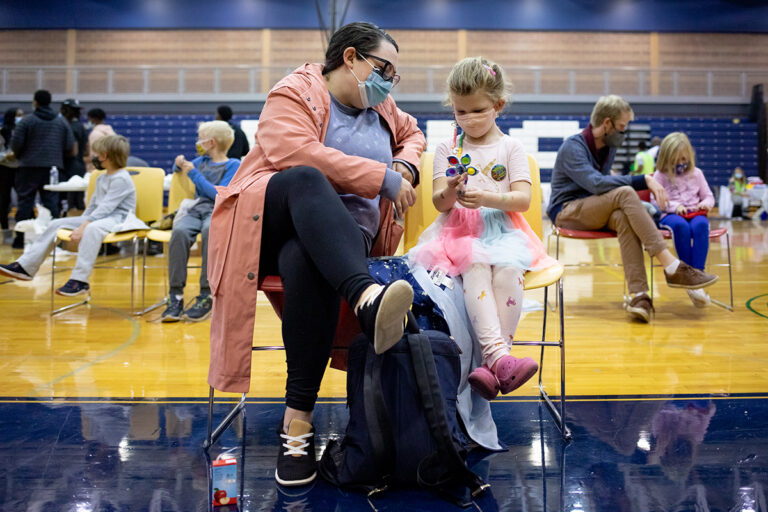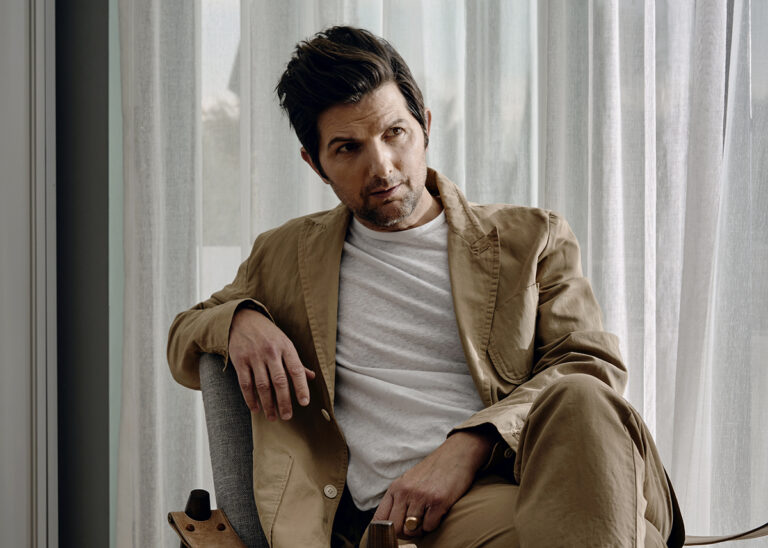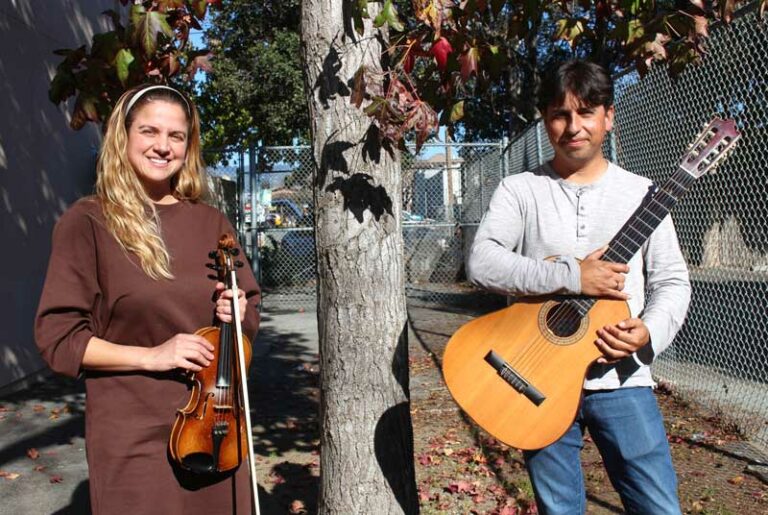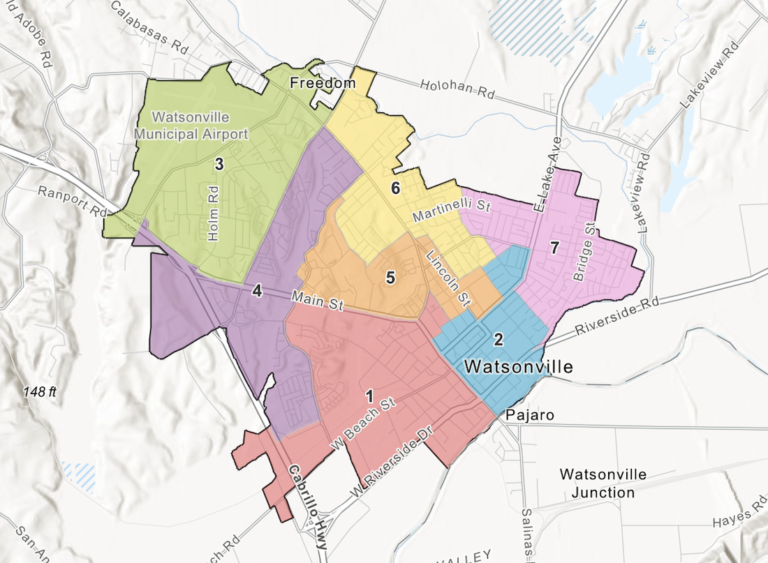By Jenny Vrentas, The New York Times
Less than two months ago, the Los Angeles Rams were going through what quarterback Matthew Stafford called “that tough couple weeks.” As the omicron variant of the coronavirus swept across the country, more than 30 Rams players tested positive during the last three weeks of December. At one point, nearly all of them, including seven starters, were on the reserve/COVID-19 list at the same time.
Between Dec. 12 and Jan. 8, the NFL said it recorded more than 1,200 positive tests among players and team staff around the league, an average of close to 10 per club per week. The Rams’ Week 15 game against Seattle was one of three that were postponed because of outbreaks. The Cincinnati Bengals, the Rams’ opponent in Super Bowl LVI, had about 20 players go on and off the COVID-19 list in the last month of the regular season. It appeared likely the finish to the NFL season would be disrupted by the coronavirus.
But with the Super Bowl just days away, what had seemed like a crisis is now a much smaller concern — perhaps in part because of changes in the league’s testing policy.
The league said it had not recorded a positive test since the divisional round games. (The NFL’s weekly case numbers run through Feb. 5; neither the Bengals nor the Rams have announced any new cases this week.)
“The reason we are here is because we have a very mature and disciplined team,” Bengals coach Zac Taylor said, referring to his players’ willingness to take steps to avoid infection. “They have handled themselves up to this point really well, and I expect they’ll do that continuing through Sunday.”
Taylor said his message to his players has been that a Super Bowl parade would be more fun than any dinner out this week. Stafford described a team effort to “mitigate opportunities to get sick” after the December outbreak.
Other factors have converged to drive down the number of positive tests to 43 since the playoffs began, or an average of 1.5 per club per week. Zachary Binney, a sports epidemiologist at Oxford College of Emory University, said the virus burning itself out and the NFL returning to enhanced protocols, including indoor mask usage for all people, were significant.
The virus moved through the league in a way that mirrored its sweep through society: Close to 70% of all cases recorded by the NFL since the start of training camp took place during the omicron wave, affecting about 20% of players and team personnel.
The NFL population is highly vaccinated compared with the general public, with nearly 95% of players and close to 100% of team personnel vaccinated. The league mandated in December that coaches, front-office staff and other team employees who have direct contact with players receive a booster shot, in accordance with guidelines from the Centers for Disease Control and Prevention. But Allen Sills, the league’s chief medical officer, said this week that only about 10% of eligible players have been boosted. About 60% of people in NFL team environments have been boosted, he added.
On Dec. 18, the league and players’ union also agreed to a major change in testing protocols, stopping weekly screening tests for vaccinated, asymptomatic people — and later, in January, eliminating daily testing for unvaccinated people.
The NFL billed this as a switch to “targeted testing,” with players and team employees screened daily for symptoms and required to take a PCR test if they reported any. Sills said the goal was to detect sick people rather than “random surveillance.” He added that the number of cases initially went up for the two weeks after this change was implemented, before dropping off, and that more than 4,000 tests were run in the final week of the regular season.
Some experts, though, disagreed with both the change and the NFL’s assertion that it was rooted in public health. “Stopping in mid-December makes no logical sense if you’re making your decisions based on the trajectory of the pandemic,” said John Moore, a virologist at Weill Cornell Medicine in New York. He pointed to the pandemic’s high-water mark in mid-January, when the nationwide daily average for new cases surged above 800,000.
The changes to testing, Binney added, may have made the omicron spike in the NFL seem to disappear sooner than it actually did, though it was already on the downslope.
“I do think that was driven more by a desire to reduce disruption than it was an actual science and health-driven response,” Binney said. “But there is a real discussion to be had about how much we should be doing screening testing at this point, with vaccines being widely available for anyone who wants to protect themselves.”
The testing protocols announced in December also called for weekly, strategic “spot testing” of position groups or staff members to supplement the symptomatic testing. But Sills said this week that the NFL has stopped all random surveillance testing. A league spokesperson did not give a date for when spot testing was stopped but said symptom-based testing was sufficient. Removing the extra layer of spot testing, Binney said, increases the number of cases that could have been missed.
For a player or staff member to test positive before the Super Bowl, they would have to self-report symptoms during the daily screening, which Sills said is continuing.
Some mainstay Super Bowl week events were canceled or postponed in response to omicron, including the players’ union’s Pitch Day competition for entrepreneurs. Players and coaches gave media interviews over video conference, with the only in-person media availability scheduled for Friday.
California announced plans this week to lift its indoor mask mandate for vaccinated people, but that will not go into effect until Tuesday, two days after the game. To attend the game, fans older than 5 must show proof of COVID-19 vaccination, or a negative PCR test within 48 hours or a negative antigen test in the last 24 hours. All attendees older than 2 will be required to wear a face covering during the game, except while actively eating or drinking.
This article originally appeared in The New York Times.























